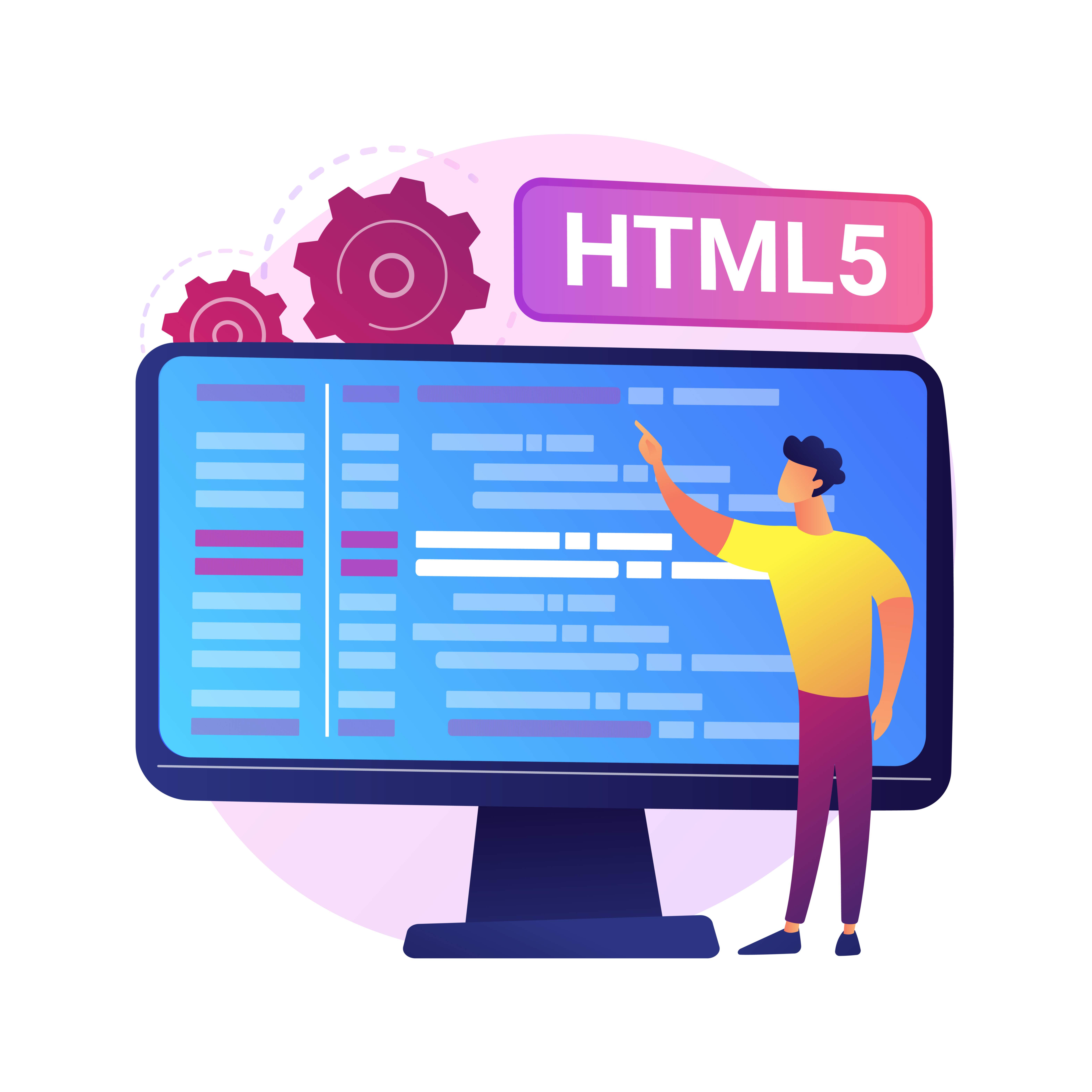Flash to HTML5 Conversion: A Complete Guide for 2024
 vinay Bommena
vinay Bommena
The transition from Flash to HTML5 has been a pivotal shift in the landscape of web development and digital content creation. HTML5 has emerged as the superior alternative, offering enhanced performance, better security, and cross-platform compatibility. This article explores the reasons behind this transition, the process of converting Flash content to HTML5, and the benefits and challenges involved.

Why Transition from Flash to HTML5?
1. End of Flash Support
Adobe officially ended support for Flash Player on December 31, 2020. Major web browsers, including Chrome, Firefox, and Edge, have since discontinued Flash support, making it necessary for websites to migrate to HTML5 to ensure content accessibility.
2. Security Concerns
Flash has long been plagued by security vulnerabilities that have been exploited by hackers. HTML5, being an open standard, is more secure and continuously updated to address potential threats, providing a safer environment for users.
3. Performance and Efficiency
HTML5 offers better performance and efficiency compared to Flash. It allows for faster load times, improved responsiveness, and reduced battery consumption on mobile devices, enhancing the overall user experience.
The Conversion Process
Converting Flash content to HTML5 involves several steps, each requiring careful planning and execution. Here is a comprehensive guide to the process:
1. Inventory and Assessment
Start by creating an inventory of all existing Flash content. Assess each item to determine its relevance, complexity, and priority for conversion. Identify interactive elements, animations, and multimedia components that need to be replicated or redesigned in HTML5.
2. Choose the Right Tools
Several tools and frameworks can assist in the conversion process. Popular options include:
Adobe Animate: Formerly known as Flash Professional, Adobe Animate allows you to export animations and interactive content directly to HTML5 Canvas.
Google Web Designer: A free tool for creating interactive HTML5-based designs and motion graphics.
3. Recreate or Replicate Content
Depending on the complexity of the original Flash content, you may need to either recreate it from scratch or replicate it using HTML5 tools. For animations, use HTML5 Canvas combined with JavaScript. For interactive elements, leverage JavaScript libraries such as jQuery or GreenSock Animation Platform (GSAP).
4. Optimize for Performance
Ensure that the new HTML5 content is optimized for performance. Minimize the use of heavy graphics and scripts to reduce load times. Use responsive design techniques to ensure compatibility across different devices and screen sizes.
5. Testing and Quality Assurance
Thoroughly test the converted HTML5 content across various browsers and devices to ensure it functions correctly. Pay attention to interactive elements, animations, and multimedia components to verify they work as intended. Conduct usability testing to gather feedback and make necessary adjustments.

Benefits of HTML5
1. Enhanced User Experience
HTML5 offers a richer, more engaging user experience with faster load times, smoother animations, and responsive design. Users can access content seamlessly across desktops, tablets, and smartphones.
2. Improved SEO
HTML5 content is more accessible to search engines, enhancing SEO efforts. Search engines can easily index and understand HTML5 elements, improving the visibility and ranking of your web content.
3. Future-Proofing
As an open standard, HTML5 is continuously evolving to incorporate new features and capabilities. By converting to HTML5, you future-proof your content, ensuring it remains compatible with emerging technologies and standards.
Challenges and Considerations
1. Complexity of Conversion
The complexity of converting Flash content to HTML5 can vary significantly based on the nature of the original content. Highly interactive or animation-heavy content may require extensive effort and expertise.
2. Resource Investment
The conversion process requires investment in terms of time, tools, and skilled personnel. Organizations must be prepared to allocate the necessary resources to ensure a successful transition.
3. Compatibility Issues
Despite its advantages, HTML5 may still face compatibility issues with older browsers or specific device configurations. Ensuring broad compatibility requires thorough testing and potential fallback solutions.

Conclusion
The shift from Flash to HTML5 is not merely a technological upgrade but a strategic move to enhance security, performance, and user experience. While the conversion process can be challenging, the long-term benefits of adopting HTML5 far outweigh the initial investment. By embracing HTML5, organizations can ensure their web content remains accessible, engaging, and future-ready in the ever-evolving digital landscape.
Subscribe to my newsletter
Read articles from vinay Bommena directly inside your inbox. Subscribe to the newsletter, and don't miss out.
Written by
